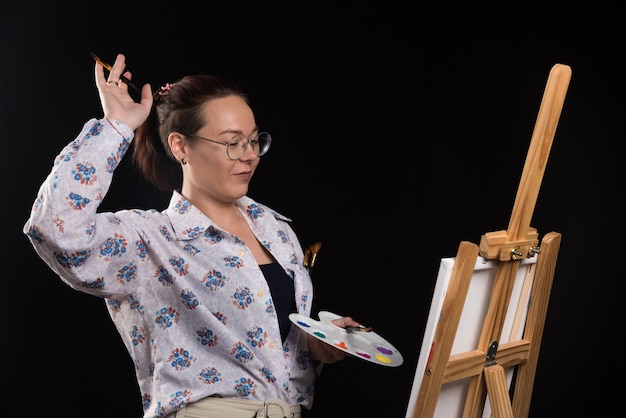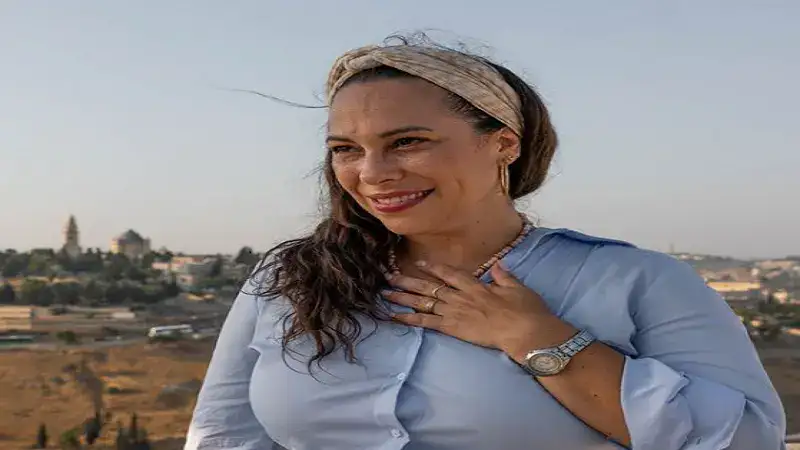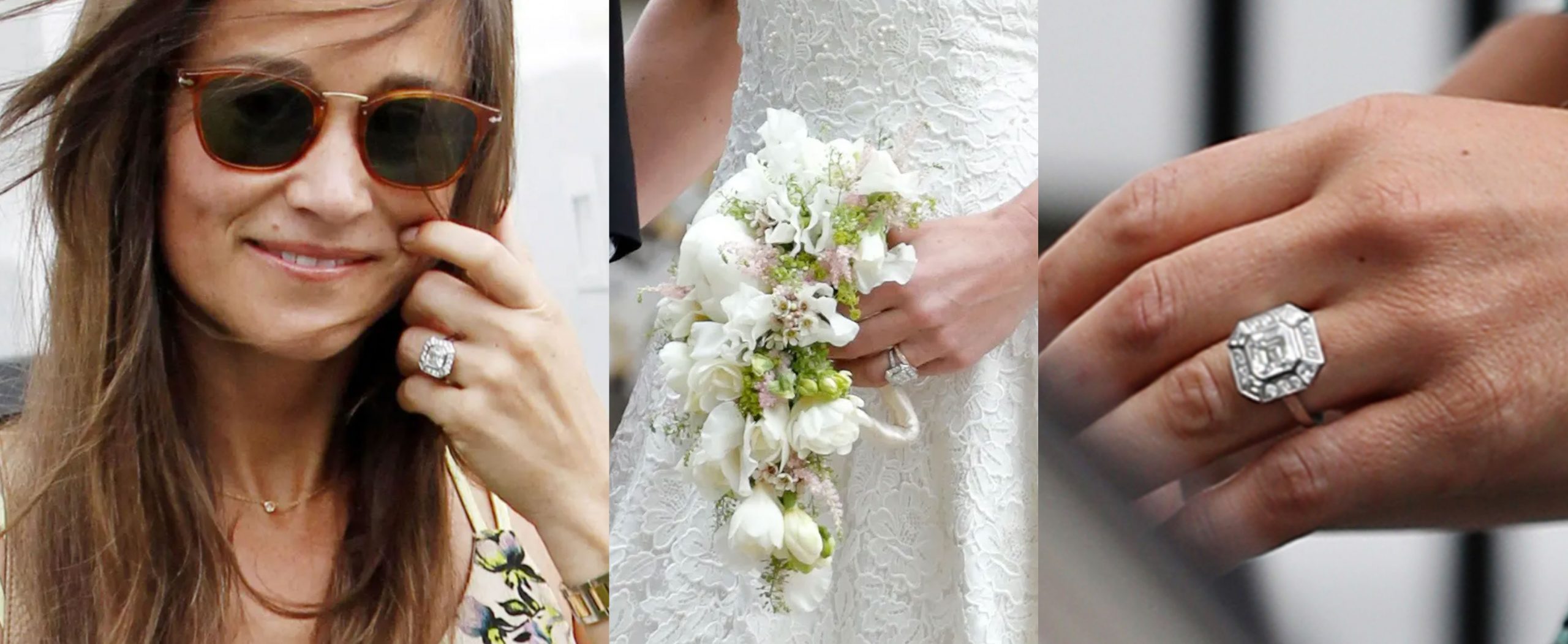The Wedding at Cana by Giuseppe Maria Crespi
The painting “The Wedding at Cana” by Giuseppe Maria Crespi is a Baroque masterpiece that hangs in the galleries of the Art Institute of Chicago. This painting, in the Baroque tradition, is rich in color, action, and theme.
The painting is about Christ’s performing the miracle of converting water into wine at the wedding of Cana from the New Testament. There is a lot of action in this painting which is complimented by the richness of tone. To the left is Christ dressed in bright red and deep blue, to his left is Mary wearing a pink dress and a blue cape that can be seen ever so slightly draping over her left shoulder. The face of Mary looks too young for this scene, she looks as though she could be his wife or sister.
In front of us placed right in the center of the painting is a minstrel playing his instrument. To the right of the minstrel are two figures that dominate the right side of the painting. Both of these men are holding vessels of libation and are in good stead. The front of the painting is almost silhouetted by all of the figures of Christ, the minstrel, and the two guests on the far right. The are the largest and most detailed figures in the painting as well as the most richly decorated. If you were to remove all the other images in the painting they would still hold a formidable composition. It should be noted that these prominent figures are dressed in Baroque style clothing not those of Biblical times.
In the middle section of the painting, those people seated behind the table and in front of the pillars make up the staple of the piece for they provide an atmosphere of festivity and good times. Notice that vessels of wine can be seen everywhere demonstrating that the party is not out of wine and that everyone is enjoying the surplus that Christ has provided. The room is full of details including the pillars, break-front with silver and gold plates, a dog on the lower left (under Christ’s foot), a cat on the bottom right and guests in the far back of the room.
The scene of the guests in the back give space and depth of field to the painting. The figures at the table are in light whereas the area below them and to the left are dark so as to emphasize their presence. Since they are far in the back the details of their faces are not easy to discern but non-the-less the artist has successfully captured to mood of this Biblical festivity.
Stephen F. Condren – Artist








